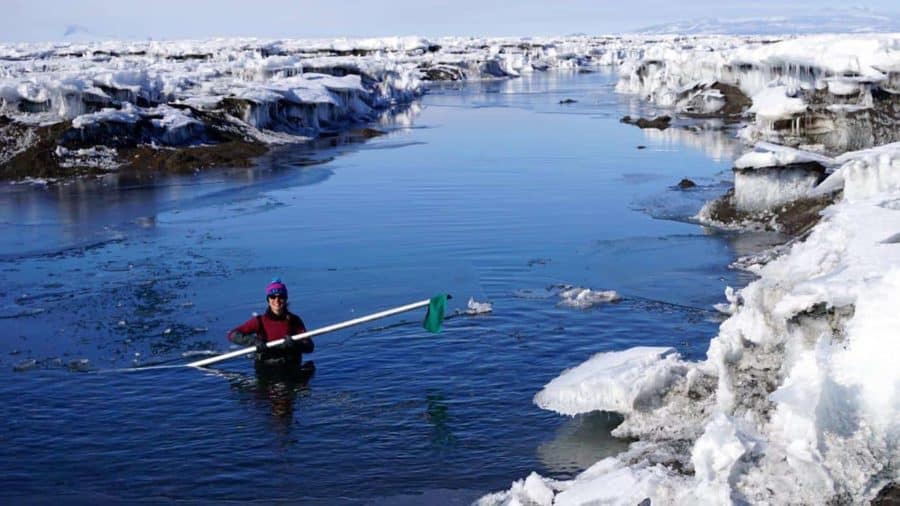It’s thought that the flexing of ice shelves could potentially impact other vulnerable ice shelves, causing them to break up, quickening the discharge of ice into the ocean and contributing to global sea level rise.
“Scientists have been predicting and modeling this process for some time, but nobody has ever collected field data that showed it happening until now,” said Alison Banwell, a postdoctoral visiting fellow at CIRES and lead author of a new study published Feb. 13 in Nature Communications.


